Hi steemit friends:
Today I’m going to talk to you about:
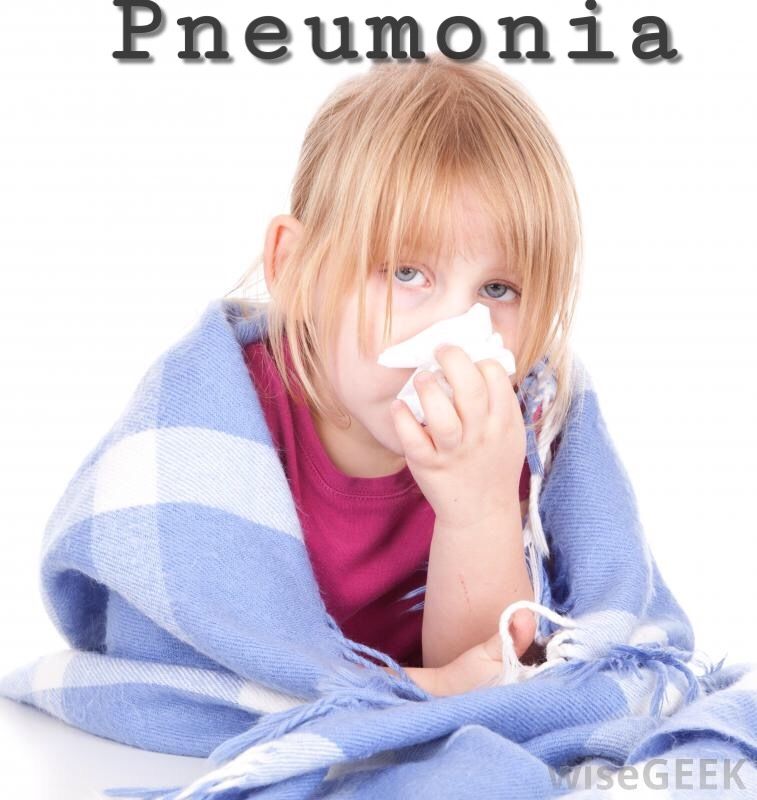
Firstly, we should understand clearly what pneumonia is.
According to the WHO: Pneumonia is an infection of lungs that is most commonly caused by viruses or bacteria. These infections are generally spread by direct contact with infected people.
I’m going to talk to you about some fact about pneumonia.
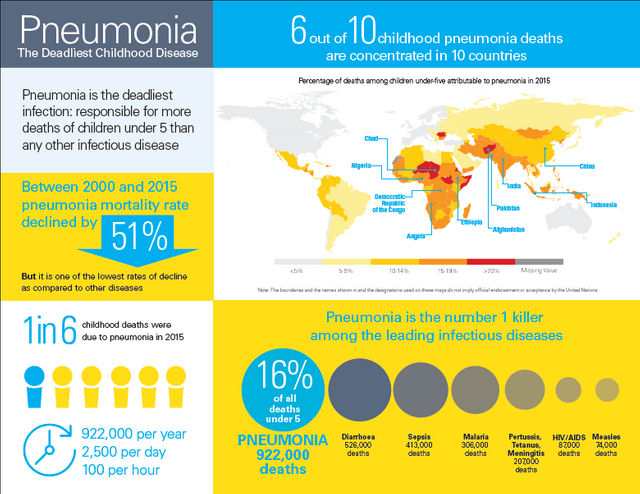
Pneumonia killed 920.136 children under the age of 5 in 2015, accounting for 16% of all deaths of children under five years old. Pneumonia affects children and families everywhere, but is most prevalent in South Asia and sub-Saharan Africa. 1 out of 6 childhood deaths were due to pneumonia in 2015. This translates to:
- 920.000 childhood deaths per year
- 2500 childhood deaths per day
- 100 childhood deaths per hour 1 childhood death per 35 seconds
And then, I’ll talk about the signs and the symptoms of pneumonia in children.
Symptoms vary depending on a child's age and what caused the pneumonia, but can include:
− very fast breathing, wheezing sounds.
− Cough, fever
− loss of appetite (in older kids) or poor feeding (in infants), which may lead to dehydration
− headache, dizziness
− shaking chills
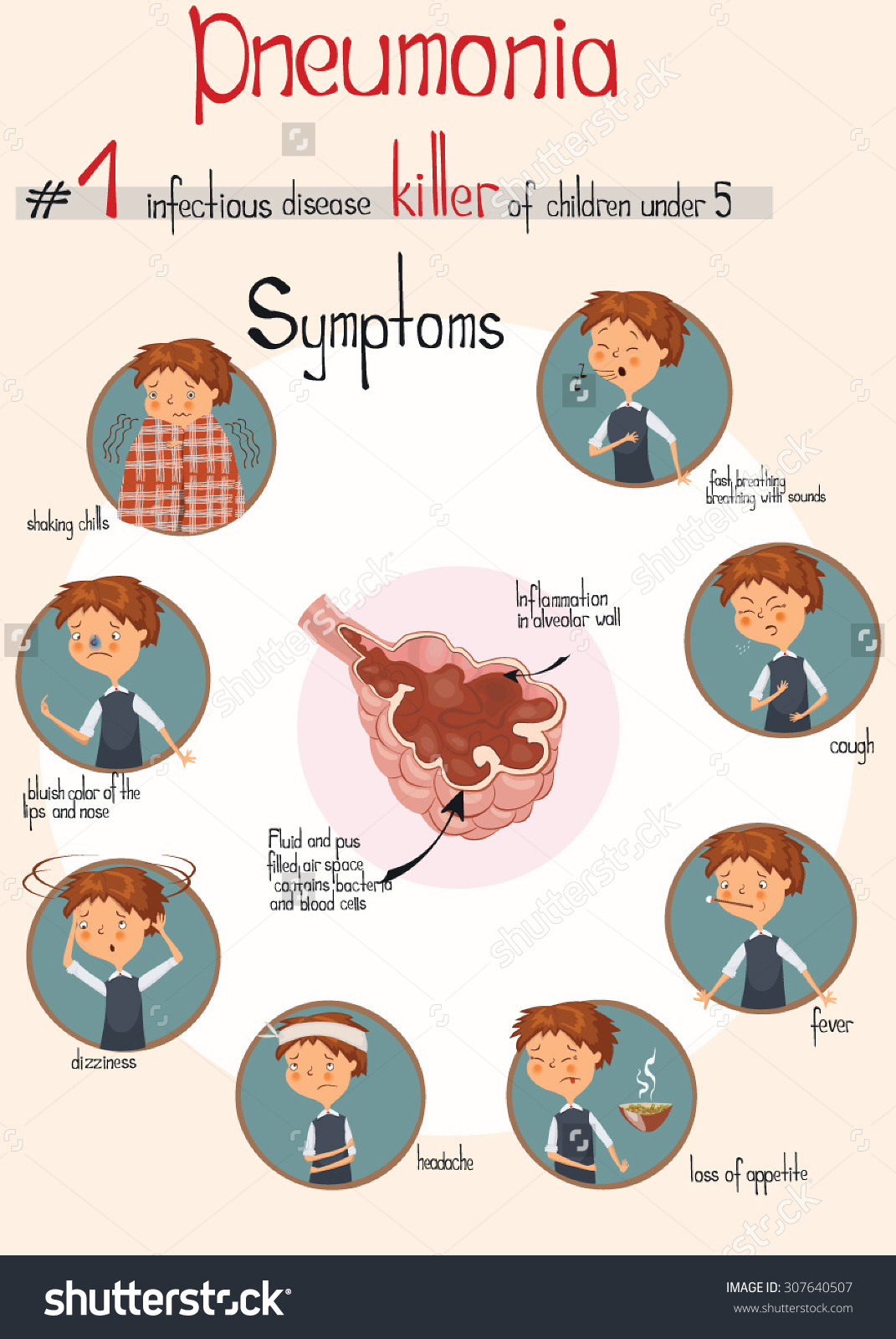
Pneumonia is caused by a number of infectious agents, including viruses, bacteria and fungi.
- The leading cause of severe pneumonia in children in developing countries is
- Streptococcus pneumoniae bacteria, or pneumococcus.
- The second most common cause of bacterial pneumonia is Haemophilus influenzae type B (Hib)
- Other causes of pneumonia include influenza, staph infections, human respiratory
- Syncytial virus, rhinovirus, herpes simplex virus, and severe acute respiratory syndrome (SARS).
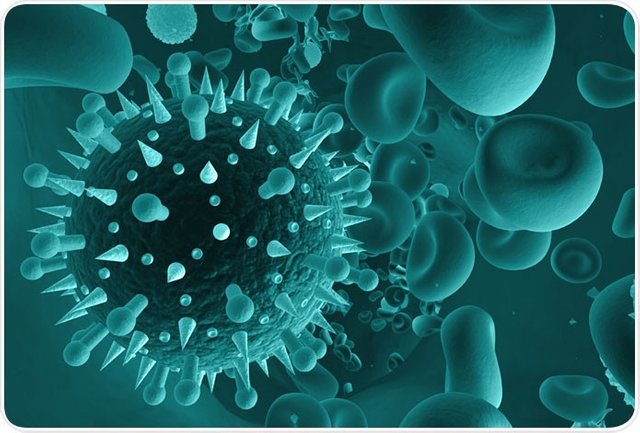
How are those infectious agents transmitted?
Pneumonia can be spread in a number of ways
• Bacteria and viruses living in nose, sinuses, or mouth may spread to lungs.
• Children may breathe some of these germs directly into lungs
• Children breathe in food, liquids, vomit, or fluids into lungs (aspiration pneumonia).
After that, I’ll talk about risk factors and the prevention of pneumonia in children.
While most healthy children can fight the infection with their natural defences, children whose immune systems are compromised are at higher risk of developing pneumonia. A child's immune system may be weakened by malnutrition or undernourishment, especially in infants who are not exclusively breastfed.
The following environmental factors also increase a child's susceptibility to pneumonia:
- indoor air pollution caused by cooking and heating with biomass fuels
- living in crowded homes
- parental smoking.
About the prevention, there are some measures to prevent pneumonia in children:
- Increasing access to immunization. Immunization against Hib, pneumococcus
- measles and whooping cough (pertussis) is the most effective way to prevent pneumonia.
- reducing indoor and outdoor air pollution
- Safe drinking water, good sanitation, and frequent hand washing with soap
- Adequate nutrition is key to improving children's natural defences, starting with
exclusive breastfeeding for the first 6 months of life. - Recognizing danger signs of pneumonia and seek care quickly.
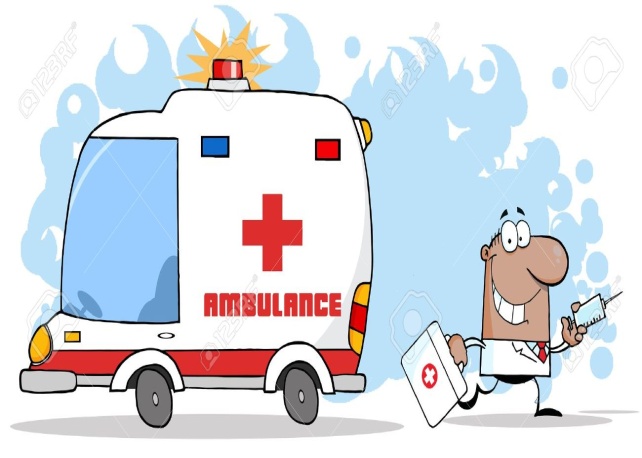
Finally, there are 3 important points of my post:
- Pneumonia can affect everyone.
- It leads to the health problems of children, in particular it is the single largest infectious cause of death in children worldwide.
- Preventing pneumonia in children is an essential component of a strategy to reduce child mortality

It is hoped that the information will help people to prevent and handle the risk factors in time. Thank you for reading. If you like this article and would like to write more articles on health topics, please comment!
Better use medicines at the outset than at the last moment!
Refer to the previous post:
1: Children eye injuries
2: Burn and prevention
3: Depression

khổ thân.cậu ơi đừng bot nữa.lỗ quá nhiều rồi ấy
Downvoting a post can decrease pending rewards and make it less visible. Common reasons:
Submit
Cũng bt mà ^^ chấp nhận mất ít sbd củng cố sp ^^
Downvoting a post can decrease pending rewards and make it less visible. Common reasons:
Submit
trời ạ.bù vào sp cũng vẫn lỗ kìa
Downvoting a post can decrease pending rewards and make it less visible. Common reasons:
Submit
trẻ nhỏ mới sinh rất hay bị bệnh này
Downvoting a post can decrease pending rewards and make it less visible. Common reasons:
Submit
Đúng vậy. Rất dễ mắc bệnh này. Rất nguy hiểm :((
Downvoting a post can decrease pending rewards and make it less visible. Common reasons:
Submit
cháu mình mới sinh cũng măc bệnh này và phải nhập viện
Downvoting a post can decrease pending rewards and make it less visible. Common reasons:
Submit
:(( khổ thân vậy. Nhìn mà xót lắm :(
Downvoting a post can decrease pending rewards and make it less visible. Common reasons:
Submit
tối hôm nọ t cũng bị bệnh này :v
Downvoting a post can decrease pending rewards and make it less visible. Common reasons:
Submit
Vch. M biết bệnh gì k mà tối hôm nọ 😂
Downvoting a post can decrease pending rewards and make it less visible. Common reasons:
Submit
tưởng hắt xì
Downvoting a post can decrease pending rewards and make it less visible. Common reasons:
Submit
Tưởng đầu :D viêm phổi đó ạ
Downvoting a post can decrease pending rewards and make it less visible. Common reasons:
Submit
sao lây nhiễm có mỗi trẻ em không vậy?? người lớn cũng bị lấy chứ :))
Downvoting a post can decrease pending rewards and make it less visible. Common reasons:
Submit
Tất nhiên là có. Nhưng trẻ em có tỷ lệ cao hơn :))
Downvoting a post can decrease pending rewards and make it less visible. Common reasons:
Submit
Chúc mừng bạn, bạn đã nhận được một upvote 100%. Tôi là con bot (rô bô) của cộng đồng Việt Nam trên Steemit. Tôi đã được tạo ra bởi nhân chứng @quochuy và nhờ một số thành viên cộng đồng Steemit Việt Nam hôm nay tôi mới có thể ủng hộ bạn một chút.
Chúc bạn vui vẻ.
Downvoting a post can decrease pending rewards and make it less visible. Common reasons:
Submit
Mệt mỏi với bệnh tật
Downvoting a post can decrease pending rewards and make it less visible. Common reasons:
Submit
Rồi cũng sẽ die thôi 😂
Downvoting a post can decrease pending rewards and make it less visible. Common reasons:
Submit
Congratulations! This post has been upvoted from the communal account, @minnowsupport, by Thanhquyen from the Minnow Support Project. It's a witness project run by aggroed, ausbitbank, teamsteem, theprophet0, someguy123, neoxian, followbtcnews, and netuoso. The goal is to help Steemit grow by supporting Minnows. Please find us at the Peace, Abundance, and Liberty Network (PALnet) Discord Channel. It's a completely public and open space to all members of the Steemit community who voluntarily choose to be there.
If you would like to delegate to the Minnow Support Project you can do so by clicking on the following links: 50SP, 100SP, 250SP, 500SP, 1000SP, 5000SP.
Be sure to leave at least 50SP undelegated on your account.
Downvoting a post can decrease pending rewards and make it less visible. Common reasons:
Submit
chị viết chữ nhỏ thế kia = cach nào ạ ?
Downvoting a post can decrease pending rewards and make it less visible. Common reasons:
Submit
B làm theo cú pháp này nha

Downvoting a post can decrease pending rewards and make it less visible. Common reasons:
Submit
bệnh này khá phổ biến ở trẻ nhỏ và cũng rất nguy hiểm nếu không chữa trị nó sớm
Downvoting a post can decrease pending rewards and make it less visible. Common reasons:
Submit